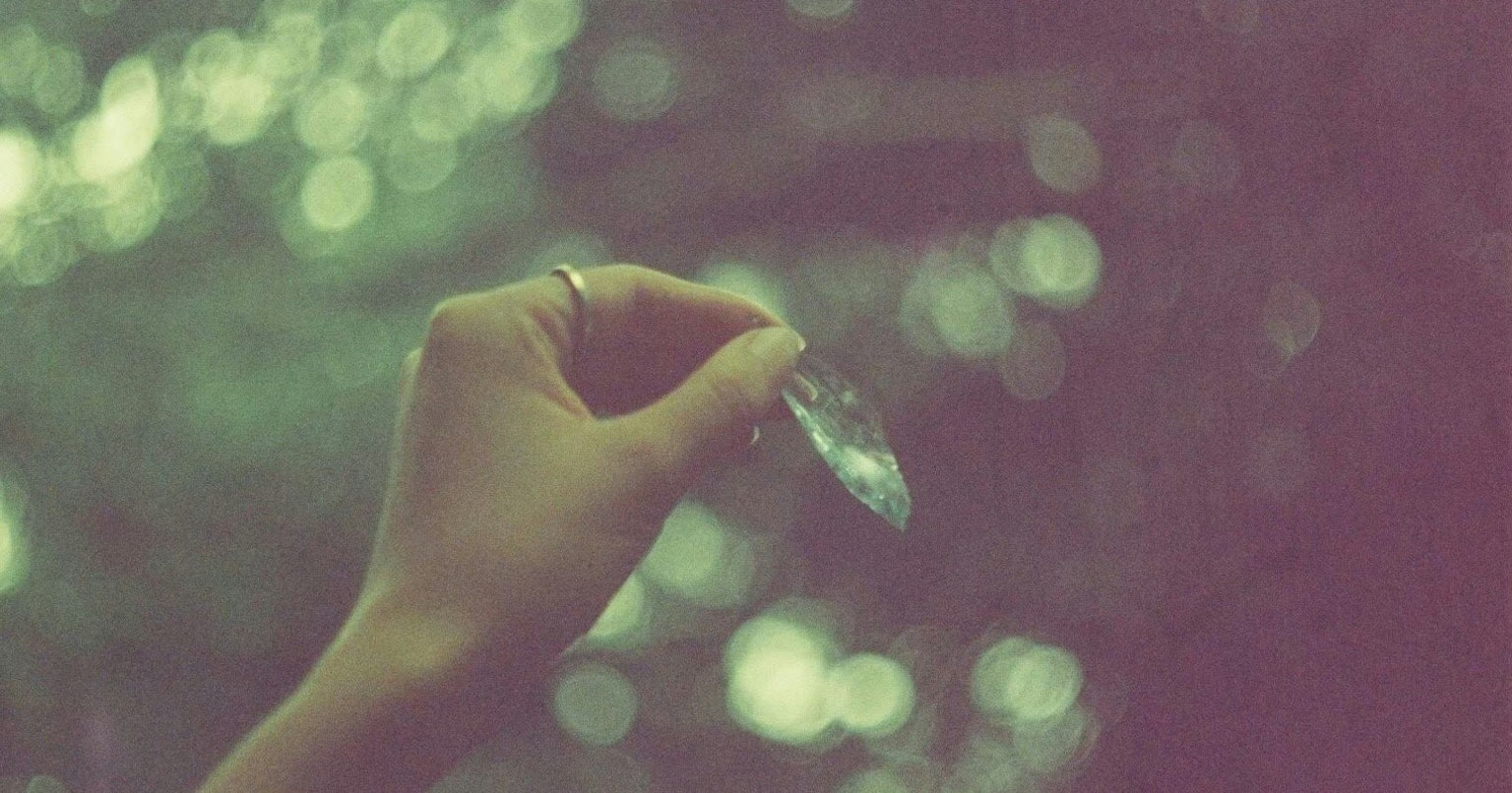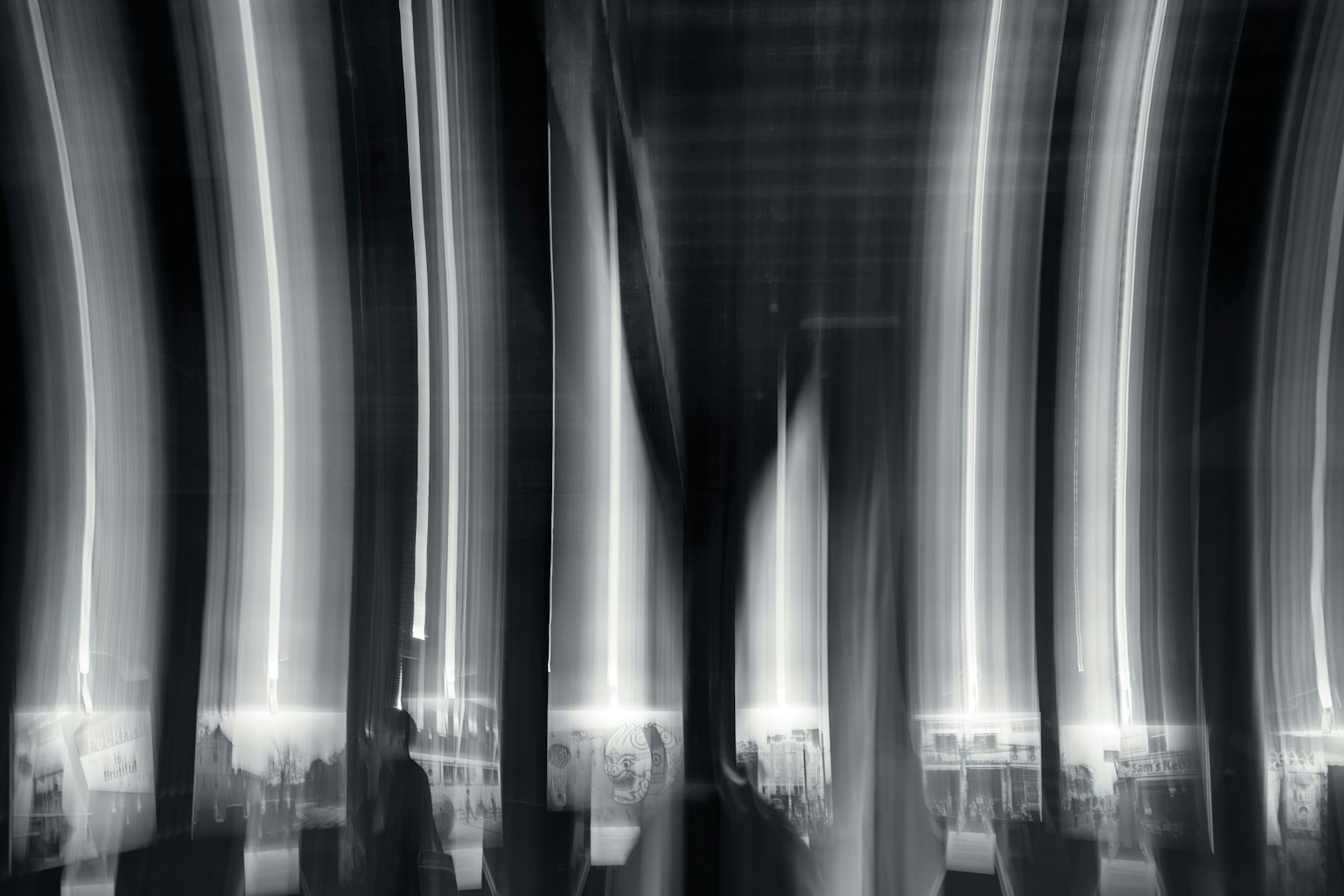The Renaissance of Film Photography: Why Gen Z is Embracing 'Slowness' and 'Authenticity' | Focus #516

Cover photo by Aya
Why is film photography making a comeback among Gen Z in the digital age? The answer lies not in mere nostalgia but in changing attitudes toward photography and lifestyle.
With only 36 frames per roll, the waiting time for development, and the grainy texture and depth of color, film photography transforms the act of taking pictures into a more meaningful and special experience.

Photo by Geyao Grace Chen
This article delves into the cultural and psychological appeal of film photography.
Why the Digital Generation is Drawn to 'Tangible Photos'
In an age where smartphones can shoot 4K videos, some Gen Z individuals are deliberately choosing 35mm film. The reason lies in the physical presence that digital lacks.
Silver halide prints are not affected by cloud storage failures or data corruption and can last over 100 years with proper care. The moment of holding developed film up to the light or opening the envelope creates a unique sense of excitement.

Photo by Partofmyworld
On social media, hashtags like 〈#filmisnotdead〉 are spreading, showcasing the joy and weight of analog experiences for the digital generation.
The Magic of 36 Frames: How Limitations Foster Focus
With film, you only get 36 frames per roll, and each shot comes with a cost. This limitation encourages photographers to be more deliberate, cultivating habits of observing composition and light carefully. The 'waiting' time, which is rare in digital photography, also plays a crucial role.

Photo by masashi7069
The anticipation while waiting for development and the sense of accomplishment when holding the results bring photographers closer to their work. This careful approach to shooting also influences digital photography, reducing waste and improving quality.
Vintage Equipment and Cultural Status
Classic cameras like the or are not just tools for photography but also fashion statements. The tactile feel of metal bodies and the sound of the shutter are experiences that modern plastic digital cameras cannot replicate.

Photo by tabby_bit
Additionally, the vintage camera market is on the rise, making ownership a form of self-expression and even an investment. Camera fairs and photo walks foster community, where enthusiasts share the history and tactile experience of their gear, enriching the 'slow time' associated with film photography.



